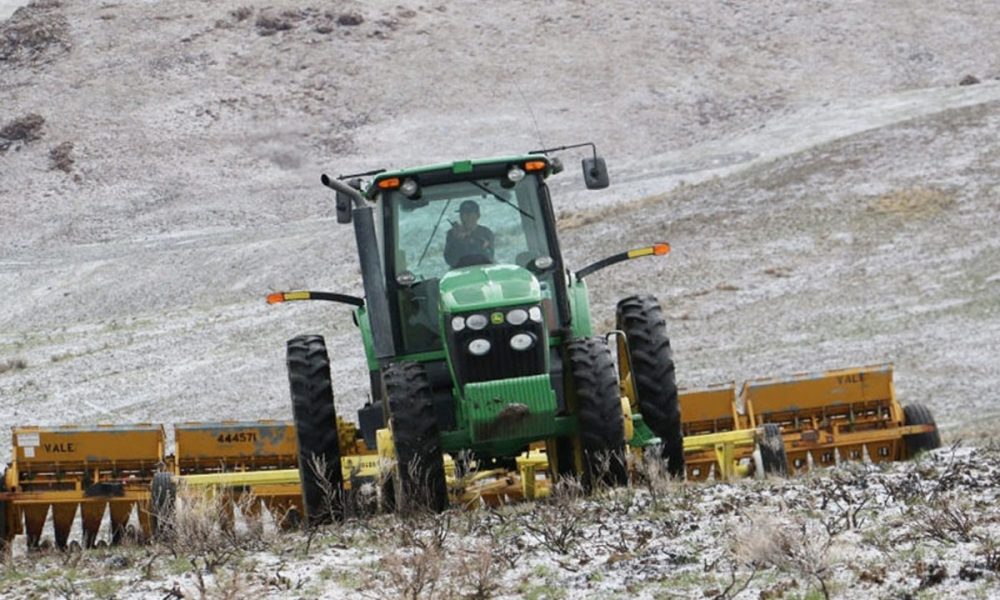
Imagine that you removed every building and street in the city of Ontario, and then covered every inch of ground with worthless cheatgrass. Now, do that again and again until you have done that 234 times. That is the scale of what faces Malheur County as this quiet economic killer creeps across our landscape.
Across the county, roughly 1,200 square miles of ground is fouled by cheatgrass, medusahead and other invasive grasses. A recent federal report sounded the alarm that these grasses are spreading far faster than we can contain them. Everyone in Malheur County should share concern about this range ravager.
These grasses aren’t just a nuisance, like dandelions in the backyard. They seriously alter our rangelands. Water quality and quantity degrades. Wildlife fades and disappears. A hike along a beloved ridge becomes a trudge through a listless land. Fires rage hotter and bigger. And cattle ranchers lose forage necessary to stay in business.
That recent federal report was a spot check on efforts to turn around all of that. This is not relaxing bedtime reading. As with so many government reports, the technical language in this one sometimes obscures the significance of the information. What’s clear is a lot of people at all levels of government appear to be working hard to find solutions. In a day when it’s easy to yammer about inept government, those of us in Malheur County should appreciate the work by experts at the U.S. Bureau of Land Management, the U.S. Fish and Wildlife Service, and state and county agencies to take on this incredibly complex fight.
One reason to be hopeful is acknowledging the role cattle can play. Experiments have been underway in neighboring Harney County to time grazing so medusahead is a treat instead of an annoyance for browsers. Malheur County ranchers are teaming up to help test new approaches that can save both the range and the cattle industry. The best ranchers have long contended they know from hard experience how to keep the range healthy. Now, they get the chance to derive scientific proof.
As with so many problems, dealing with invasive grasses means dealing with money. The federal report suggests government budgets tend to be uneven from year to year, that coping with invasive grasses doesn’t always rank high on the “to do” list. Congress has finally tackled that issue when it comes to wildfire funding. Now, it seems, Congress ought to work with agencies to figure a way to focus on this mortal threat to western rangelands.
And there may be opportunities for Malheur County to profit from all this. Stopping invasive grasses can be done. But you can’t just leave bare ground behind. Restoring the range means getting down native plant seeds, both to keep out the bad grasses and to bring the land back to life. There is a need, however, for a much bigger supply of native seeds, and the government thinks that ought to come from commercial sources. “Increasing the number of native plant species available on the commercial market is crucial to implement rehabilitation and restoration projects that utilize genetically appropriate native seed,” the federal report said.
With that, perhaps local economic development officials ought to nose around to see what it would take to spur a more robust commercial seed industry. With 100 million acres across the West in trouble, there could be great potential.
For the average Malheur County resident, talking about weed grasses may seem as exciting as talking about those backyard dandelions. Yet the rangelands define life here, and residents should insist that governments work together even closer, press our congressional delegation to push harder for better funding, and encourage the kind of experimenting that results in science and not rhetoric.
– LZ




